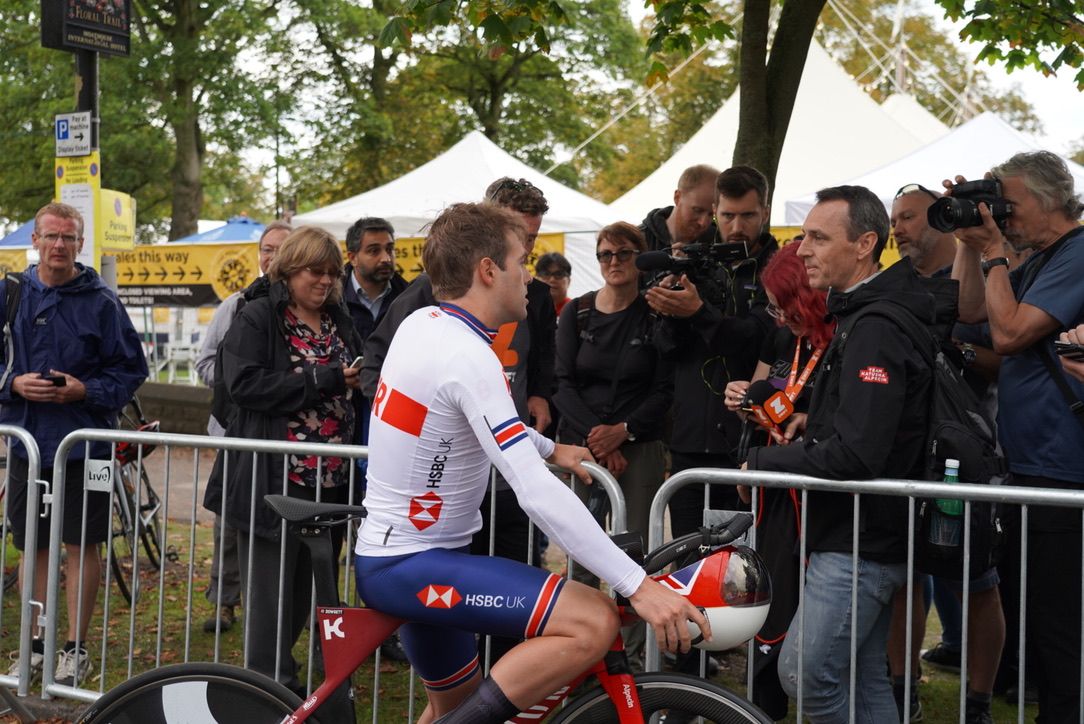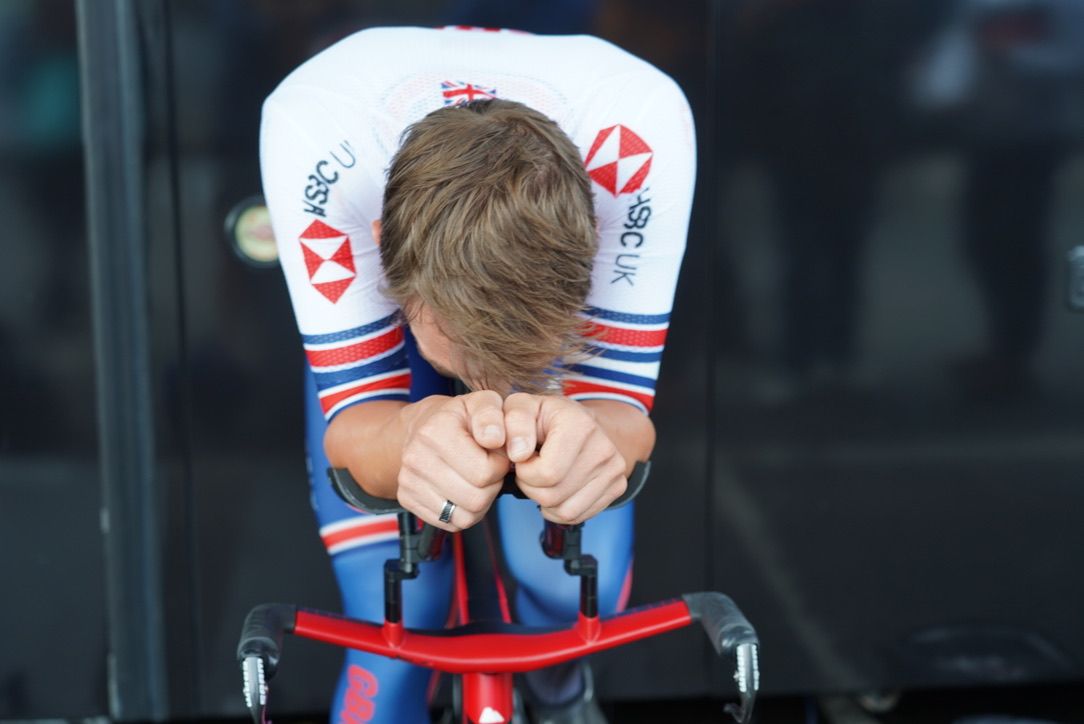1) Equipment
Bikes are getting more advanced every year that passes. Electronic gears, hydraulic disc brakes, power meters… it’s endless! It’s important to prioritise and keep on top of what’s relevant for you and your cycling. A bike fit should be your starting point to make sure you're ready to ride! Then regular calibration of your power meter to make sure the numbers are always accurate, obviously keeping the bike nice and clean and well maintained, checking those bearings and tyres for any faults and cuts regularly. Disc brakes can be a nightmare to maintain but when they work they’re superb. Make sure you keep the disc and pads free of any contaminations, don't let any oil anywhere near them! Also if you're putting your bike in the car make sure those discs aren't leaning against anything as they are easily bent and can ruin the ride you're heading to. Make sure you’re covered for any accidents or mishaps with proper insurance for you and your bike, and lastly, keep an eye on the gearing battery! Some of the groupsets let you know when the battery is low, some don't! And they last so long that it's easy to forget.
2) Coaching
A coach can help transform your cycling. He or she can guide you into some training sessions you never knew could help you. They’ll likely get you doing the sort of training you’ve avoided because you don't like it, but you know it's important! But most of all they’ll support you and give you accountability for your training and moving forwards.

3) Data and pacing
Data is your friend but it’s only useful if you know how to use it! Power meters are abundant now and smart turbo trainers usually have one built in but these are all only useful if you’re effective in using them. Heart rate monitors are a great way of tracking fatigue and freshness but it’s not a metric I focus too hard on. Once you get used to your power numbers then use them! People often start an effort far too hard and it becomes a horrible experience. If your FTP is 200 watts, I promise you you won't be able to do your next 10mile TT at 400, no matter how good you feel off the start line! So settle in, look at your numbers and get on your pace as quick as you can.
Let the pain then come to you rather than going searching for it and it'll be a much nicer experience as well as being more worthwhile. Also use the data for crafting specific intervals. If you coach yourself, focus on where you've been struggling and work on that. Do you struggle with pace changes in a race? Then start doing some 20/40s (20 second effort, 40 second rest for 10min blocks) and try to focus on being consistent with the efforts. If your struggle is with your FTP then some steady blocks of sweetspot work or over unders will work wonders, Sweetspot is the top of zone 3 and bottom of zone 4, over unders are blocks of work where you spend small periods of time, 1min or so, just above your ftp then longer periods just below. For example, 20mins to include 5x 1min z5 3min high z3.
4) Getting aero
You can have all the power in the world, but if you're not focusing on your aero as well then the power won't translate into speed. At the end of the day that speed then won’t translate into race results, PRs on Strava segments or just general improvements in your riding! There’s some equipment gains you can make: aero wheels or an aero focused bike. There’s clothing options also such as aero socks, am optimised skinuit and an aero focused helmet also. But the biggest gain is your body position and this takes practice! It’s super easy to ignore the drops, ride round on the hoods all day as it’s nice and comfortable but when you need to then ride the drops it feels very unfamiliar and uncomfortable. Make sure you practice using the drops, even if you’re on an easy training ride, set yourself 5 minute intervals where you focus on riding on the drops and bringing your torso into a more horizontal position. If you’re getting aches and pains from this then there’ll likely be some core stability work you can do off the bike to help make this position easier. It won’t be long before there’s reliable aero devices where you’ll be able to ride around your local training routes looking at your real time CDA (aero score) on your head unit.

5) Recovery
The final but most important point is recovery. There are two ways to lose form: under training or under resting. You’d have to be doing an extraordinary amount of training to actually be over training, when people tell you they’ve overtrained, this may be true, but more often than not it’ll actually be under resting that's caused their loss of form and increase in fatigue.
So how do you optimise your recovery? Well it starts from the moment you press end ride on your head unit, get a recovery shake down your neck and start the process of refuelling ahead of your next session. If you don’t refuel then you won’t have the energy to complete your next session. Also get some good sleep, aiming for 8 hours, that’s 8 hour sleeping, not 1 hour on your phone scrolling the gram and then 7 hrs actual sleep! And stay off your feet, try and sit down or lay down after training to let your muscles recover.
GET 30 DAYS FREE ROAD BIKE INSURANCE
From the cobbles to the cafe, cover your bicycle against theft, damage, loss and more. Try our 5-star rated bicycle insurance.
Hit the button bellow and your code will automatically be applied.

